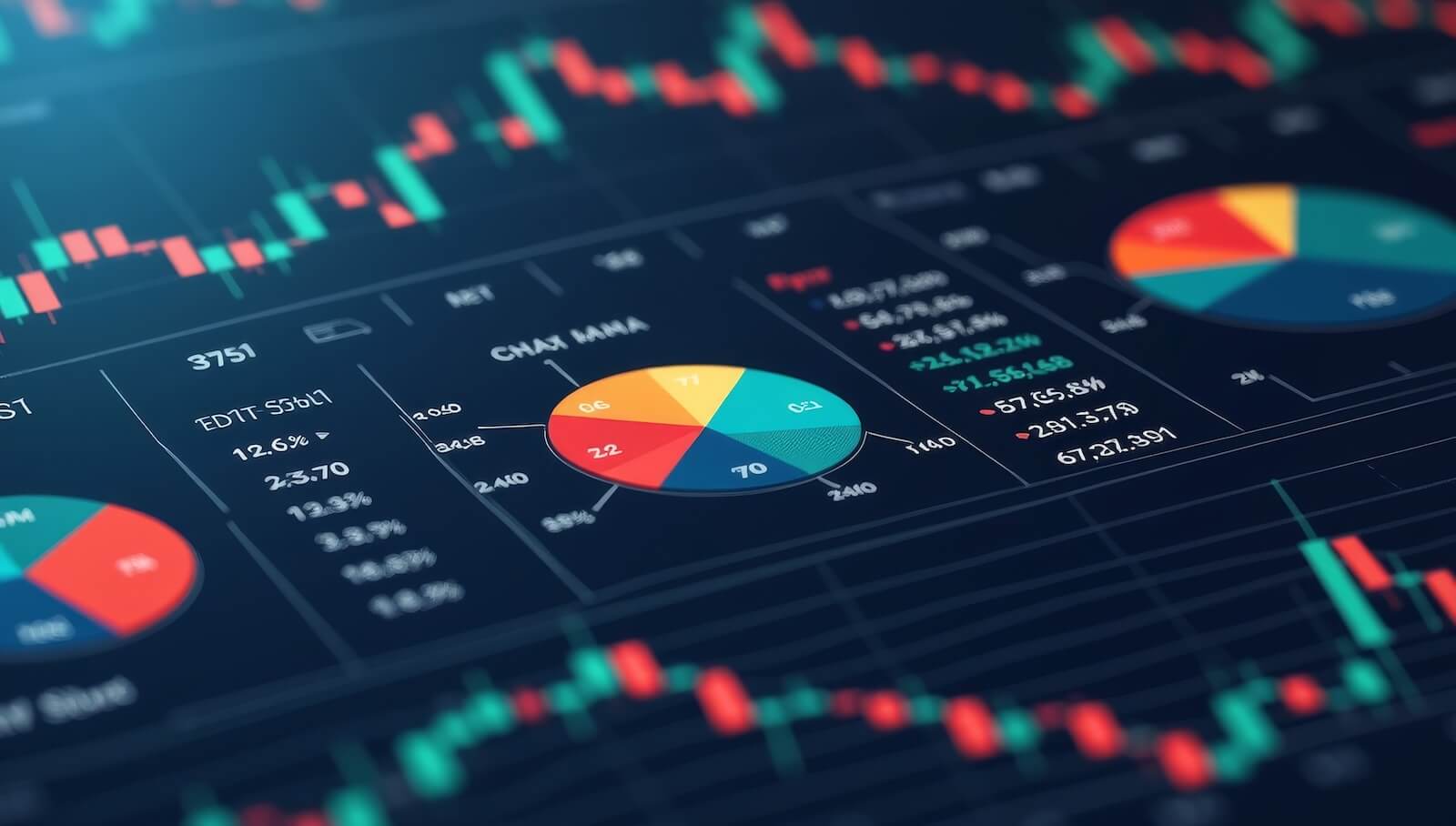Dollar Index Is On A Knife Edge
- Long-term dollar technical position
- Short-term picture bearish outcome
- Short-term picture bullish outcome
- Euro
- Yen
- Swiss franc
Long-term dollar technical position
I have been primary trend bullish on the dollar for several months. That opinion still stands because the Dollar Index is well above its 12-month MA and its long-term KST is positive. The KST, as you can see from Chart 1, has only just begun to turn. Having said that, it’s also becoming obvious that the dollar faces a crucial test in the next few sessions. This US Dollar test could kill the bull market or trigger a test of the 12-month MA. Let’s take a closer look at the longer-term position, subsequently zeroing in on the very finely balanced short-term situation.

Chart 1
Chart 2 helps set the scene because it shows that the 24-month MA often serves as a pivotal point. Examples in the last 25 years have been flagged by the small red and green arrows. They all turned back a rally or reaction of some kind. When the Index manages to cross the MA, it is often a very big deal. Since it is currently below the average, it represents an overhead barrier of resistance. We saw this a couple of months ago, when it halted the 2018 rally. The big question is whether the Index can push through the average, or if its resistance powers are too great for the dollar to overcome at this time.
One indication that suggests an upside resolution comes from the fact that, since 2011, the Index has been tracing out a series of rising peaks and troughs. It’s true that the 2018 bottom was below that of 2016, but the rising peaks are still intact. A reversal in both is required for a genuine trend change. A downside signal would require two things; first, a drop from current levels indicating that the 2018 high had failed, and second, a month-end close below the early 2018 low in the 88 vicinity.
One argument against that scenario, lies with the fact that since 2014, the Index has been acting more like a bull than a bear market. For example, the chart shows that prolonged extreme readings represent pro-trend characteristics. These are overbought in a bull and oversold in a bear market. We saw this in the 2014-15 period. Another characteristic of a bull market is that it rarely experiences an oversold condition. When it does, prices quickly bounce, as they did at the beginning of this year.

Chart 2
Short-term picture bearish outcome
Chart 3 plots the last 9 months' price action of the Invesco DB Bullish Dollar ETF (UUP). It clearly demonstrates the fact that the price is very close to completing a bearish complex head and shoulders top. If it slips much further, that would signal the likelihood of lower prices and a possible test of the 200-day MA.

Chart 3
Short-term picture bullish outcome
Even if we do see a downside resolution, it should not be forgotten that bull markets are notorious for triggering misleading downside signals. Consequently, if the Index is still in a primary uptrend, a whipsaw move would be perfectly consistent. Since a downside break would present us with an unknowable outcome (if it happens), it would be best to take it at face value. In other words, assume any such break is valid until evidence to the contrary develops. In the current situation, that would first be a decisive break above the dashed-green downtrend line, as that would push the situation into a neutral mode. A rally above the solid green trend line would place the issue beyond a reasonable doubt. Remember that a whipsaw is often followed by an above average price move, as well as that the 24-month MA lies slightly above current prices. It is likely that if (note the emphasis) we see a subsequent positive MA crossover, that would likely free prices to experience a major new up leg in the bull market.
Euro
The Euro has a 57% weighting in the Index, so it makes sense to examine its technical condition. Chart 4 indicates that it is almost a mirror image. The currency falsely broke to the upside on Tuesday and is now back within the body of a potential head and shoulders bottom. If it can rally and hold above Tuesday’s high of 117.25, that would be very positive. However, a drop below the dashed-red uptrend line would validate the false upside breakout and suggest a probable violation of the red solid line at around 115.5. Were that to happen, a move to post-August lows would likely follow.

Chart 4
Japanese Yen
The Yen has been in a downtrend for some time. Its recent rally attempted, but failed, to experience a positive 200-day MA crossover. Since then, it has completed a head-and-shoulders consolidation formation. Since the KST is bearish and not anywhere close to an oversold condition, lower prices look likely.

Chart 5
That’s important, because Chart 6 tells us that the Yen is currently at an even more important crossroad. The 2017-18 support trend line forms the neckline of a potentially bearish 2-year consolidation head-and-shoulders formation. Since all three momentum series are bearish, the odds favor a downside breakout.

Chart 6
Swiss franc
Chart 7 shows that the Swiss franc may be in the process of forming a broadening wedge. A normal (bullish) wedge is formed during a rally, where its price action is confined between two downward sloping converging trend lines. A broadening wedge, on the other hand, is bound by two diverging trend lines. I say it “may” be in the process of forming because completion requires a breakout. In this instance, that would also involve a negative crossover of the 200-day MA. Note that the KST is very close to a sell signal, which enhances its downside possibilities. Broadening wedges experience higher and higher peaks, which indicates a growing level of volatility. Those progressively larger battles between buyers and sellers explain why such formations are often followed by above-average price moves when finally resolved.

Chart 7
Good luck and good charting,
Martin J. Pring
The views expressed in this article are those of the author and do not necessarily reflect the position or opinion of Pring Turner Capital Group of Walnut Creek or its affiliates.











